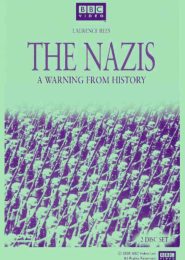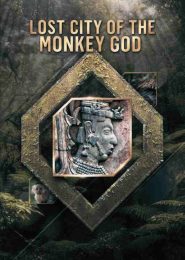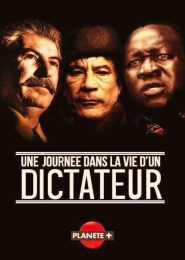Who Killed Rasputin? (2004)
In the heart of St. Petersburg, Russia, during the tumultuous year of 1916, the enigmatic figure of Grigori Rasputin met a grisly end. His death has long been shrouded in mystery and intrigue, with various theories circulating about the circumstances that led to his demise. Enter the BBC Timewatch documentary, which boldly reopens the case, unearthing astonishing new evidence that challenges the accepted narrative.
The central claim of the documentary is nothing short of sensational: Rasputin was assassinated by rogue members of the British Secret Service. The program-makers meticulously piece together the puzzle, revealing a plot hatched by shadowy operatives who sought to eliminate the influential mystic. Their weapon of choice? A fatal shot was fired at close range by Secret Agent Oswald Rayner.
But how did the British Secret Service become embroiled in the fate of the “Mad Monk”? The investigation takes us deep into the annals of history, where we encounter Prince Felix Yusupov, the charismatic aristocrat who led the conspiracy. According to the accepted version of events, Yusupov and four other disaffected nobles poisoned Rasputin, shot him, and finally drowned him in the River Nevka. Their motivation? Concerns about Rasputin’s sway over Tsar Nicholas II and his wife, Tsarina Alexandra.
However, the Timewatch team digs deeper. They scrutinize the original autopsy reports, and here’s where the story takes an unexpected turn. Richard Cullen, a former Metropolitan Police Commander and forensic detective, discovers discrepancies between the official explanation and the forensic evidence. One key photograph shows a gunshot wound squarely in the center of Rasputin’s forehead—a hallmark of professional assassination.
Enter Oswald Rayner, who emerges from the shadows. Initially portrayed as a friend of Yusupov’s from Oxford University, Rayner was, in fact, an active British Secret Intelligence Service (SIS) operative. His presence in Yusupov’s memoirs raises eyebrows. But the real bombshell comes when an official memo on the British Intelligence Mission notepaper surfaces, linking Rayner directly to the assassination.
The implications are staggering. Rasputin, referred to in SIS documentation as “Dark Forces,” posed a genuine threat to Britain. Had he persuaded Tsar Nicholas II to withdraw from World War I, the Allies might have faced overwhelming German forces on the Western Front. The stakes were high, and the British Secret Service acted decisively.
In a stunning revelation, the forensic evidence aligns with historical documentation, vindicating the investigation. Intelligence historian Andrew Cook and Richard Cullen stand amazed at the conclusive trail that led to the British Secret Service. Rasputin’s death once shrouded in myth, now stands as a chilling testament to the murky world of espionage, power, and betrayal.
The documentary “Who Killed Rasputin?” peels back the layers of history, exposing secrets that reverberate across time. It invites viewers to question the accepted narratives and consider the shadowy forces that shaped one of the most intriguing assassinations in history.




